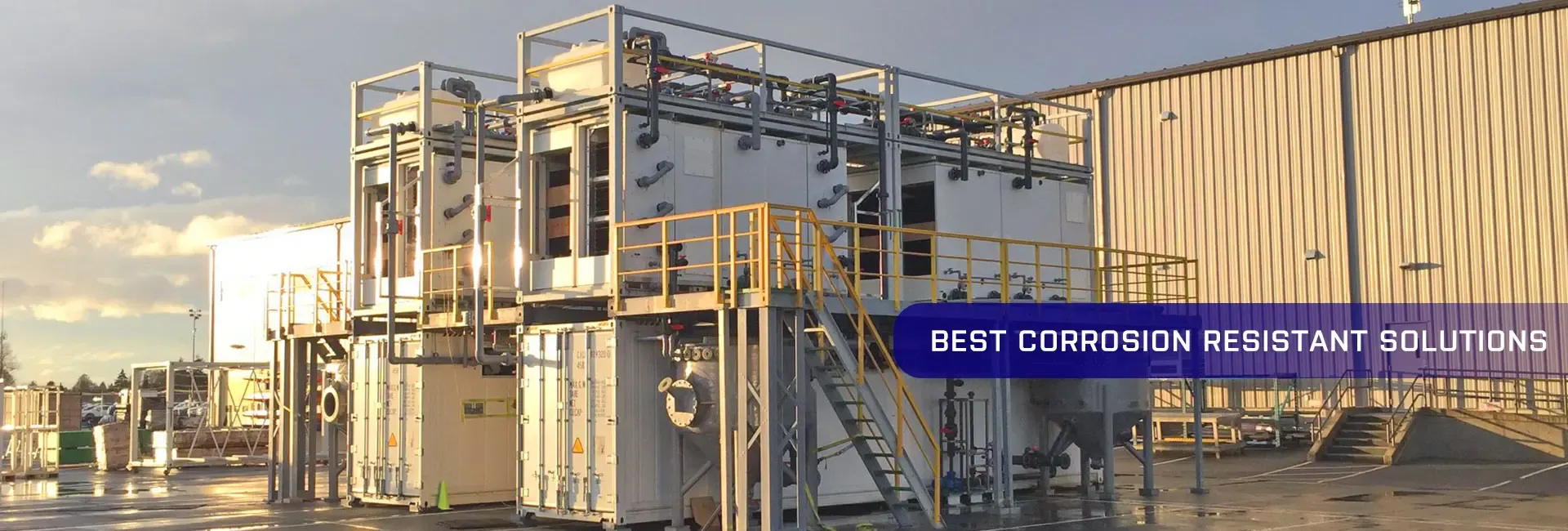
-
 Afrikaans
Afrikaans -
 Albanian
Albanian -
 Amharic
Amharic -
 Arabic
Arabic -
 Armenian
Armenian -
 Azerbaijani
Azerbaijani -
 Basque
Basque -
 Belarusian
Belarusian -
 Bengali
Bengali -
 Bosnian
Bosnian -
 Bulgarian
Bulgarian -
 Catalan
Catalan -
 Cebuano
Cebuano -
 China
China -
 China (Taiwan)
China (Taiwan) -
 Corsican
Corsican -
 Croatian
Croatian -
 Czech
Czech -
 Danish
Danish -
 Dutch
Dutch -
 English
English -
 Esperanto
Esperanto -
 Estonian
Estonian -
 Finnish
Finnish -
 French
French -
 Frisian
Frisian -
 Galician
Galician -
 Georgian
Georgian -
 German
German -
 Greek
Greek -
 Gujarati
Gujarati -
 Haitian Creole
Haitian Creole -
 hausa
hausa -
 hawaiian
hawaiian -
 Hebrew
Hebrew -
 Hindi
Hindi -
 Miao
Miao -
 Hungarian
Hungarian -
 Icelandic
Icelandic -
 igbo
igbo -
 Indonesian
Indonesian -
 irish
irish -
 Italian
Italian -
 Japanese
Japanese -
 Javanese
Javanese -
 Kannada
Kannada -
 kazakh
kazakh -
 Khmer
Khmer -
 Rwandese
Rwandese -
 Korean
Korean -
 Kurdish
Kurdish -
 Kyrgyz
Kyrgyz -
 Lao
Lao -
 Latin
Latin -
 Latvian
Latvian -
 Lithuanian
Lithuanian -
 Luxembourgish
Luxembourgish -
 Macedonian
Macedonian -
 Malgashi
Malgashi -
 Malay
Malay -
 Malayalam
Malayalam -
 Maltese
Maltese -
 Maori
Maori -
 Marathi
Marathi -
 Mongolian
Mongolian -
 Myanmar
Myanmar -
 Nepali
Nepali -
 Norwegian
Norwegian -
 Norwegian
Norwegian -
 Occitan
Occitan -
 Pashto
Pashto -
 Persian
Persian -
 Polish
Polish -
 Portuguese
Portuguese -
 Punjabi
Punjabi -
 Romanian
Romanian -
 Russian
Russian -
 Samoan
Samoan -
 Scottish Gaelic
Scottish Gaelic -
 Serbian
Serbian -
 Sesotho
Sesotho -
 Shona
Shona -
 Sindhi
Sindhi -
 Sinhala
Sinhala -
 Slovak
Slovak -
 Slovenian
Slovenian -
 Somali
Somali -
 Spanish
Spanish -
 Sundanese
Sundanese -
 Swahili
Swahili -
 Swedish
Swedish -
 Tagalog
Tagalog -
 Tajik
Tajik -
 Tamil
Tamil -
 Tatar
Tatar -
 Telugu
Telugu -
 Thai
Thai -
 Turkish
Turkish -
 Turkmen
Turkmen -
 Ukrainian
Ukrainian -
 Urdu
Urdu -
 Uighur
Uighur -
 Uzbek
Uzbek -
 Vietnamese
Vietnamese -
 Welsh
Welsh -
 Bantu
Bantu -
 Yiddish
Yiddish -
 Yoruba
Yoruba -
 Zulu
Zulu
Enhanced Performance of FRP Fittings for Structural Applications and Innovations
Understanding FRP Fittings Enhancing Performance and Durability
Fiber Reinforced Polymer (FRP) fittings have become increasingly essential in various industries due to their unique properties and advantages. As industries continue to seek materials that offer both performance and durability, FRP fittings stand out as a superior alternative to traditional materials like metal or concrete. This article explores the significance of FRP fittings, their applications, and the benefits they provide.
What Are FRP Fittings?
FRP fittings are components made from a composite material that consists of a polymer matrix reinforced with fibers such as glass, carbon, or aramid. These fittings are designed to create joints and connections in piping systems, structural applications, and other engineering needs. The manufacturing process typically involves curing, which allows the material to achieve the required strength and durability while maintaining lightweight characteristics.
Advantages of FRP Fittings
1. Corrosion Resistance One of the most significant advantages of FRP fittings is their excellent resistance to corrosion. Unlike metals that can corrode over time, especially in harsh environments, FRP fittings maintain their integrity and appearance. This property makes them particularly suitable for chemical processing, wastewater treatment, and marine applications.
2. Lightweight FRP fittings are considerably lighter than traditional materials, which simplifies transportation and installation. The reduced weight also lowers the load on supporting structures and can lead to cost savings in the overall design of systems.
3. Strength and Durability Despite their lightweight nature, FRP fittings exhibit high tensile strength and flexibility. They can withstand substantial stress and impact, making them ideal for demanding applications. Additionally, their long lifespan translates to lower maintenance costs and fewer replacements over time.
4. Thermal and Electrical Insulation FRP materials are non-conductive and provide excellent thermal insulation. This characteristic is valuable in applications where temperature variations and electrical safety are critical.
frp fitting

5. Customizable Design FRP fittings can be manufactured in various shapes and sizes to meet specific project requirements. This flexibility allows engineers to design systems that are tailored to the unique demands of their application.
Applications of FRP Fittings
The versatility of FRP fittings allows them to be used across various sectors
- Water and Wastewater Management In the treatment and distribution of water, FRP fittings prevent rust and corrosion, ensuring longevity and reliability. They are also widely used in sewer systems to resist the aggressive environments often encountered.
- Oil and Gas Industry Given the aggressive nature of the fluids involved, FRP fittings are used extensively in pipelines and storage systems within the oil and gas sector. They help ensure safety and process efficiency.
- Infrastructure FRP fittings are increasingly being employed in the construction of bridges, tunnels, and buildings due to their strength-to-weight ratio and resistance to environmental impacts.
- Aerospace and Automotive In aerospace, weight savings are crucial for performance, making FRP fittings appealing. Similarly, in automotive applications, they enhance performance while contributing to fuel efficiency.
Conclusion
In conclusion, FRP fittings represent a significant advancement in materials engineering, offering numerous benefits that traditional fittings cannot match. Their corrosion resistance, lightweight nature, strength, and versatility make them indispensable across various industries. As technology continues to evolve, the use of FRP fittings is expected to grow, further enhancing the performance and sustainability of systems worldwide. Embracing FRP technology paves the way for innovation and efficiency, driving industries toward a more resilient future. Whether in construction, manufacturing, or services, FRP fittings are undoubtedly a key component of modern and future infrastructure solutions.
Latest news
-
Exploring the Benefits of Top Hammer Drifter Rods for Enhanced Drilling PerformanceNewsJun.10,2025
-
High-Precision Fiberglass Winding Machine for GRP/FRP Pipe Production – Reliable & Efficient SolutionsNewsJun.10,2025
-
FRP Pipes & Fittings for Shipbuilding - Corrosion-Resistant & LightweightNewsJun.09,2025
-
Premium FRP Flooring Solutions Durable & Slip-ResistantNewsJun.09,2025
-
Premium Fiberglass Rectangular Tanks Durable & Lightweight SolutionNewsJun.09,2025
-
Tapered Drill String Design Guide Durable Performance & UsesNewsJun.09,2025









